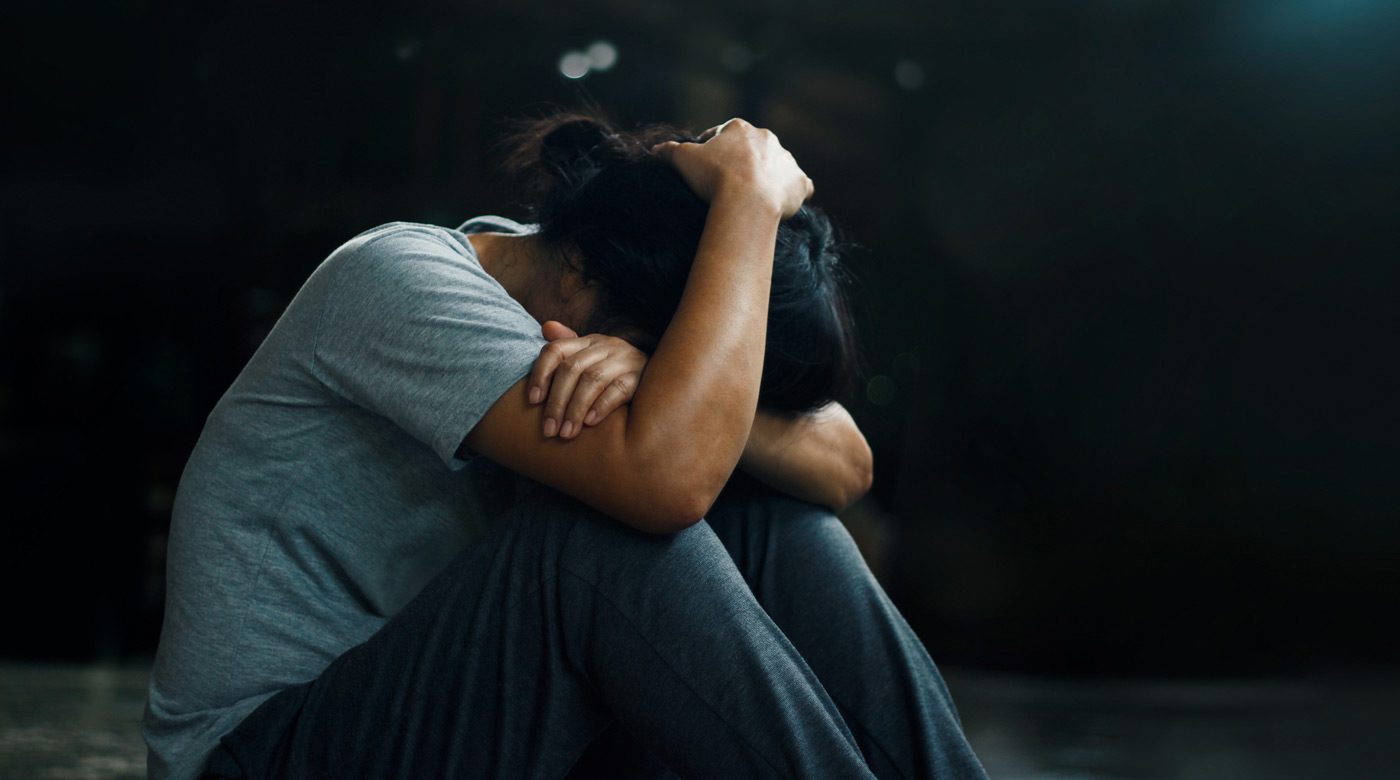
How is Complex PTSD Different from PTSD?
Most people are familiar with Post-Traumatic Stress Disorder (PTSD). But Complex Post-Traumatic Stress Disorder (CPTSD) is not widely recognized. Though there are similarities, it’s the differences that make CPTSD unique.
What is PTSD?
To understand CPTSD, it’s important to know the signs of PTSD. Individuals with PTSD have typically experienced or witnessed a frightening, shocking, or dangerous incident, such as a car accident, natural disaster, criminal act, or war.
Symptoms of PTSD include:
- Intrusive flashbacks of the traumatic event
- Recurring nightmares
- Intense or prolonged psychological distress at exposure to internal or external cues that remind the individual of the traumatic event
- Physiological reactions to reminders of the traumatic event
- Difficulty or inability to remember key aspects of the traumatic event
- Persistent feelings of fear, horror, anger, guilt, or shame
- Irritability
- Aggressive behavior
- Reckless or self-destructive behavior
- Hypervigilance
- Difficulty concentrating
- Chronic inability to experience positive emotions
- Lack of interest in previously enjoyable activities

What is CPTSD?
CPTSD is a mental condition caused by ongoing or repetitive exposure to traumatizing and highly stressful situations. The condition is usually developed as a result of events experienced through childhood, however it’s possible to develop the disorder as an adult.
CPTSD can develop after the following incidents:
- Long-term childhood abuse (sexual, emotional, physical, or mental abuse)
- Neglect
- Surviving imprisonment in a concentration or labor camp
- Kidnapping or captivity
- Human trafficking
- Living as a prisoner of war
- Living in a war zone
- Exposure to long-term domestic violence
Symptoms of CPTSD may include:
- Losing memories of trauma or reliving them
- Difficulty regulating emotions that often lead to rage
- Depression
- Suicidal thoughts or behaviors
- Sudden mood swings
- Feeling detached from oneself
- Feeling different from others
- Feeling guilty or ashamed
- Difficulty maintaining relationships
- Difficulty trusting others
- Seeking out or becoming a rescuer
- Feeling afraid in safe environments
- Hypervigilance
- Becoming obsessed with revenge on the perpetrator
- Experiencing a loss of spiritual attachment

How is PTSD treated?
PTSD may be treated with cognitive processing therapy (CPT) and prolonged exposure (PE). CPT teaches trauma victims to change their negative thoughts about the traumatic event. During therapy, the patient speaks to their therapist about their negative thoughts and completes short writing assignments to reframe their story.
During PE therapy, patients are taught to gain control of their trauma and encouraged to pursue activities they’ve avoided after the traumatic event.
What are the treatment options for CPTSD?
CPTSD should be treated by a trauma-informed therapist who understands the complexities of long-term trauma. A key component of treatment for CPTSD is stabilization. This involves grounding techniques that help the patient separate the past from the present and feel safe in their current environment.
Cognitive Behavioral Therapy (CBT) helps trauma survivors process their experiences and adjust the ways they think and behave in the present.
What about EMDR?
Eye movement desensitization and reprocessing (EMDR) is a form of treatment that uses repetitive sound and flashing lights to access and reprocess memories. Treatment helps patients make sense of traumatic events and reduces the pain associated with the memories. EMDR can be an effective treatment for both PTSD and CPTSD.
